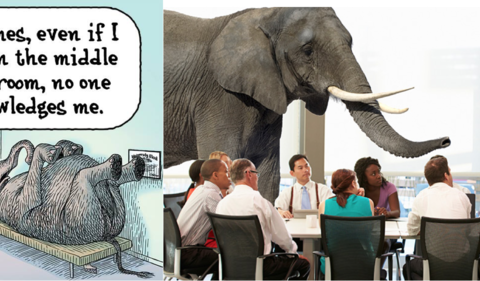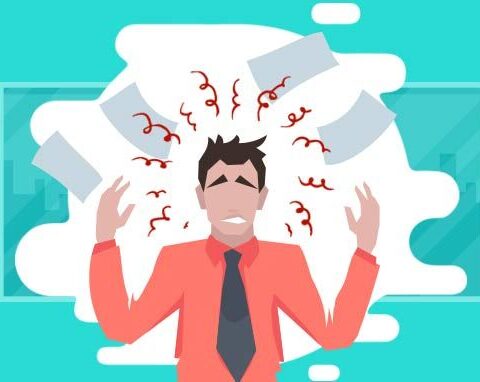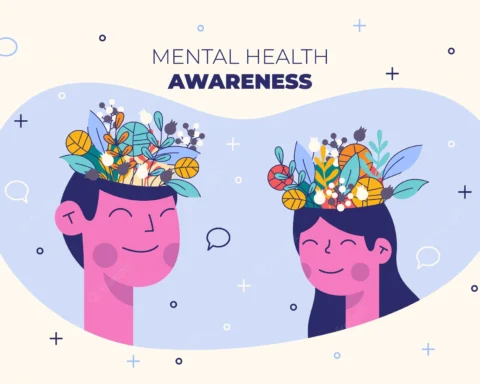Many people think depression is just a deep sadness that doesn’t go away for a while. That’s not the whole story, however. Depression is more complicated than that.
That’s why many people who have depression don’t recognize it as such. And it’s why people often show disbelief when they learn someone has depression.
But just because you don’t feel sad or someone says, “But you don’t seem depressed,” doesn’t mean you aren’t. Everyone experiences and displays depression in their own way.
Individuals with depression do share some common emotional experiences, however. Learning to identify your emotions can be the first step in figuring out how to respond to them in a healthy way.
Common Emotions Experienced During Depression
While everyone’s experience with depression is a little different, some emotions during depression are fairly common symptoms:
- Sadness: Depression can cause deep feelings of sadness. Feelings of sadness might involve a particular event, like the loss of a loved one or they may just be general feelings of sadness.
- Guilt: Depression may make you feel guilty about almost everything. You might feel guilty you’re
depressed or you may feel bad about mistakes (or perceived mistakes) you’ve made. - Irritability: You may feel irritable much of the time. You may have a lower frustration tolerance or you may just feel annoyed by almost everything going on around you.
- Anxiety: You might worry about something specific (like whether you’re going to be able to fall asleep tonight) or you might just feel anxious for no particular reason.
- Loneliness: You might not feel like socializing when you’re depressed but at the same time, you might feel really lonely. Loneliness can be common, even when you’re surrounded by people.
- Worthlessness: You may believe that you don’t have anything to contribute to the world and you might feel as though you’re worthless to your friends and family.
- Hopelessness: Depression can cause you to think that nothing will ever work or that things will never get better.
Why Identifying Your Feelings Helps
Feelings are complex. Simply putting a name to them can help your brain make more sense of what is going on.
It may not be helpful to just identify what you’re feeling as depression. It may be more beneficial to identify more specific emotions that you’re going through—which are likely to shift and vary quite often.
How to Name Your Feelings
If you aren’t used to identifying your feelings, it will take some practice. But there are several things you can do to get better at figuring out how you’re feeling.
- Start with a number. If you’re struggling to name your feelings, start with a
number system. Rank your mood from 1 to 10 every day with 1 being the lowest and 10 being the best. After a few days of using a number system, you might feel more comfortable putting a name to the various emotions you’re experiencing. - Use a feelings chart. It’s impossible to identify how you’re feeling unless you have the language for it. Look at a feelings chart or feelings word list to help you recall a vast array of feelings ranging from disappointed to embarrassed.
- Take time to reflect. Set aside some time every day to think about your emotions. You might recall how you were feeling at certain times throughout the day or you might pause every once in a while to just name how you’re feeling in the moment.
- Pair it with another habit. To make naming your emotions a regular habit, pair it with another habit you already do. For example, you might name your feelings when you’re brushing your teeth in the morning and then again at night. Or, you might identify your emotions at each meal. Pairing it with a habit you already do will make it easier to remember.
- Write in a journal. Writing things down can help you make more sense of your emotional state. Spend a few minutes every day sorting through your feelings on paper.
- Talk about feelings in everyday conversation. You don’t have to talk about your feelings all the time but incorporating more feeling words into your everyday conversations can help you get more comfortable with identifying your emotional state.
Keep in mind that you are likely to feel more than one emotion at a time. And sometimes, those emotions might feel conflicting.
You might be both happy and sad. Or, you might feel anxious and excited. It’s normal to experience all types of emotions simultaneously. But naming your feelings can help you sort those things out a bit and help your brain make a little more sense of what’s going on.
By: Amy Morin, LCSW










